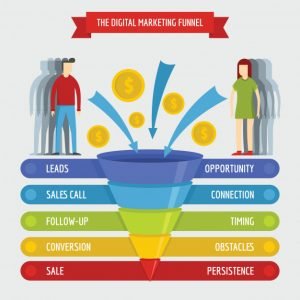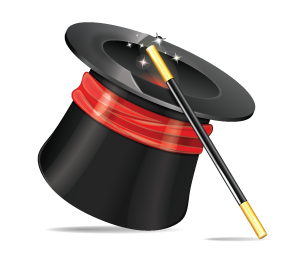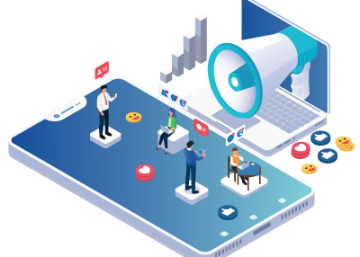Lead Generation is the most important aspect of Online Marketing which refers to developing the interest of a possible consumer by providing them the information about your products or services. Lead generation is basically developing an interest in a person so much so that he/she contacts you for more information and perhaps even end up buying it.
Lead generation is a start to the process which ultimately leads to a possible customer transforming into a regular customer down the line. So having a lead generation strategy is imperative for you and your business.
The lead generation process starts by finding out where your target market ‘lives’ on the web.
Your audience no longer wants you to buy their attention — they want you to earn it. This means lead generation strategies need to be revamped across the industry to better meet the needs of target markets.
The first step in this evolution is to create compelling content, and the second is to use that content to convert visitors into leads. Of course, this is easier said than done.
Odds are that about half of your visitors will never return to your site if you do not adequately capture some bit of information from them. A working email address is the best thing a marketer can ask for here, but visitors are not always willing to give this kind of personal information up. Call-to-action (CTA) buttons like “Sign Up Here” have practically become synonymous with “We are Going to Spam You”, which is why marketers need to find new ways to obtain this information.

There are quite a lot different ways through which visitors are converted in leads and then in customers eventually. Today we will talk about landing pages. They play a very important role.
Landing pages serve the dual purpose of capturing leads and warming up potential customers. Both of these are essential stepping-stones before moving a customer further down your sales funnel. Additionally, there are two types of landing pages:
Lead generation landing pages are used to capture a user/company’s information in exchange for something. This relates back to the concept discussed earlier, of “giving before we ask.”
Click-through landing pages are used to attract the visitor to the specific product or service that you are trying to sell. The goal is to educate your visitor with enough information that they proceed to make a purchase.
Landing pages have one call-to-action in mind. Instead of overwhelming visitors with information regarding your business and all the products and services you offer, it is essential that you narrow the focus down to one specific goal in mind. Be sure to cut out any excess information that isn’t essential to the campaign, and be sure to include only one form or CTA link for them to utilize.
The most important element of your landing page is that it delivers the promise that your ad source made. If your ad says “Get 50% off computers here,” you need to reassure the visitor as soon as possible on your landing page that you will deliver that.
One way to do this is to make the CTA on your ad source the headline on your landing page. Another way is to make sure the font, coloring, and images used in your ad are duplicated on your landing page to some degree.
For more information and to get initiated with our Lead Generation Expert, you can just fill up the form on this page.
Contributed by
Bhoumik Bhatt
CEO & Founder
Real Time Solutions



